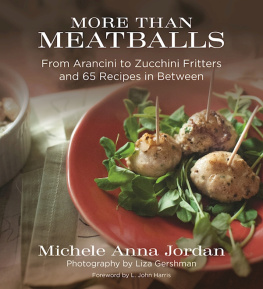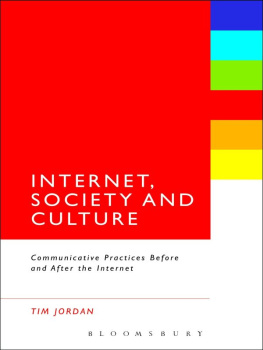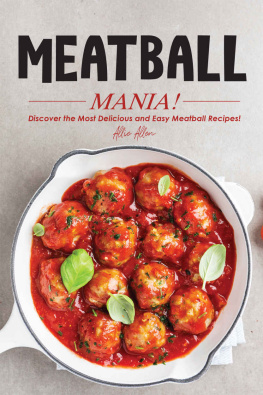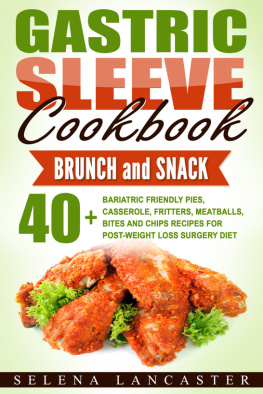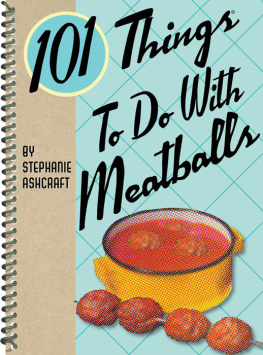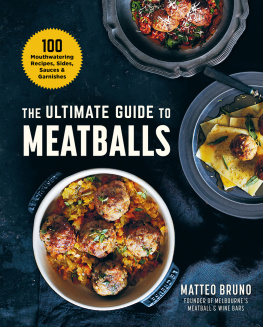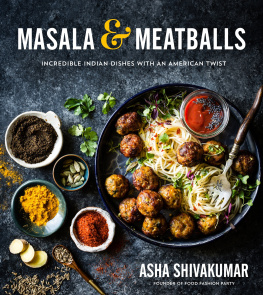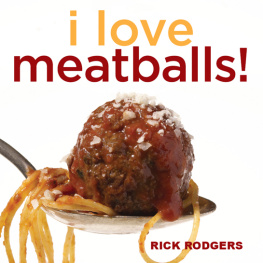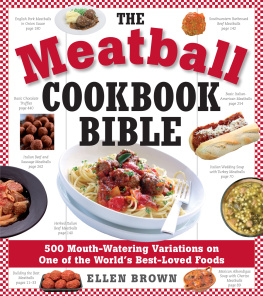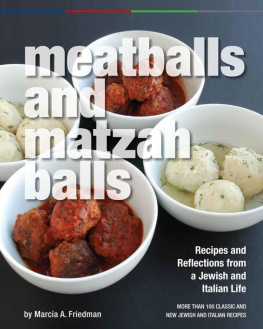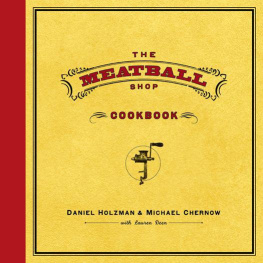Copyright 2014, 2016 by Michele Anna Jordan
Additional material copyright 2016 by Michele Anna Jordan
Photographs copyright 2014, 2016 by Liza Gershman
All rights reserved. No part of this book may be reproduced in any manner without the express written consent of the publisher, except in the case of brief excerpts in critical reviews or articles. All inquiries should be addressed to Skyhorse Publishing, 307 West 36th Street, 11th Floor, New York, NY 10018.
Skyhorse Publishing books may be purchased in bulk at special discounts for sales promotion, corporate gifts, fund-raising, or educational purposes. Special editions can also be created to specifications. For details, contact the Special Sales Department, Skyhorse Publishing, 307 West 36th Street, 11th Floor, New York, NY 10018 or .
Skyhorse and Skyhorse Publishing are registered trademarks of Skyhorse Publishing, Inc., a Delaware corporation.
Visit our website at www.skyhorsepublishing.com.
10 9 8 7 6 5 4 3 2 1
Library of Congress Cataloging-in-Publication Data is available on file.
Cover design by Brian Peterson
Cover photo credit: Liza Gershman
Print ISBN: 978-1-5107-1147-1
Ebook ISBN: 978-1-5107-1151-8
Printed in China
Miracles are like meatballs, because nobody can exactly agree on what they are made of, where they come from, or how often they should appear.
Lemony Snicket, The Carnivorous Carnival
for Mary Duryee
dear friend, patron, and the best home cook ever
for L. John Harris
my first publisher and editor, my friend, Garlic Guru, and Meatball Muse
&
for Andy Ross
my dear old friend and my fabulously brilliant new agent
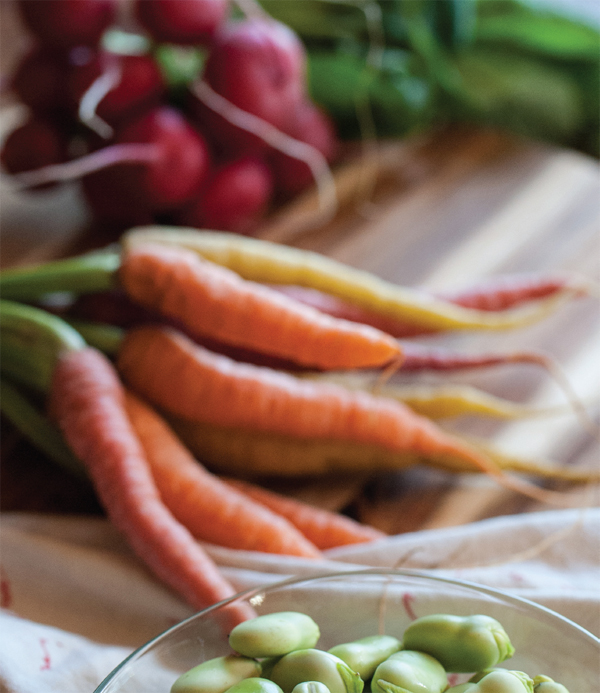
Contents
Lemon Lamb Meatballs
Spaghetti Squash Fritters
Three-Peppercorn Meatballs in Peppercorn Sauce
Acknowledgments
W hen I think back on this time, the spring of 2014, I'll laugh as Cloudy with a Chance of Meatballs comes into focus in my mind's eye. I can't think of a better description for the process than a spaghetti and meatball tornado. What a whirlwind it has been, and a delicious one.
I am deeply grateful to Nicole Frail and her crew at Skyhorse Publishing for their patience, their kindness, and their speed.
And huge thanks, as well, to my agent, Andy Ross, for smoothing out all the contractual and deadline stuff and for introducing me to photographer Liza Gershman. Andy, you deserve a golden meatball.
To Liza, thank you so much, you little speed demon! Liza is a truly gifted photographer, with a phenomenal eye and an ability to work at what feels like warp speed. From our very first shots together, we've had a great intuitive and creative resonance that will carry us through many projects together. But first, let's raise a glass to More Than Meatballs ! We did it! And now, onward to Salt & Pepper
John Harris, thank you for everything over the years, and, especially, your inspired foreword.
Many thanks to Karen Martin, Marlena Spieler, and John Ash for sharing such yummy recipes.
I offer a big mahalo to Brooke Jackson, a hula sister and a colleague, for great help during our photo shoots. And to my teacher Kumu Hula Shawna Alapai'i, my uniki sisters and all of my hula sisters, mahalo nui loa for your support and understanding.
Jordan Rosenfeld, writer and radio colleague, thank you for Have a Ball!a phrase that makes me want to kick up my heels and dance. It was right there, hanging over the project, but you were the one who plucked it from the ether and offered it up.
To my daughters, Gina and Nicolle, my grandson Lucas, my son-in-law Tom, and my dear friends John Boland and James Carroll, thank you thank you thank you, for everything, always.
Now, let's all have a ball!
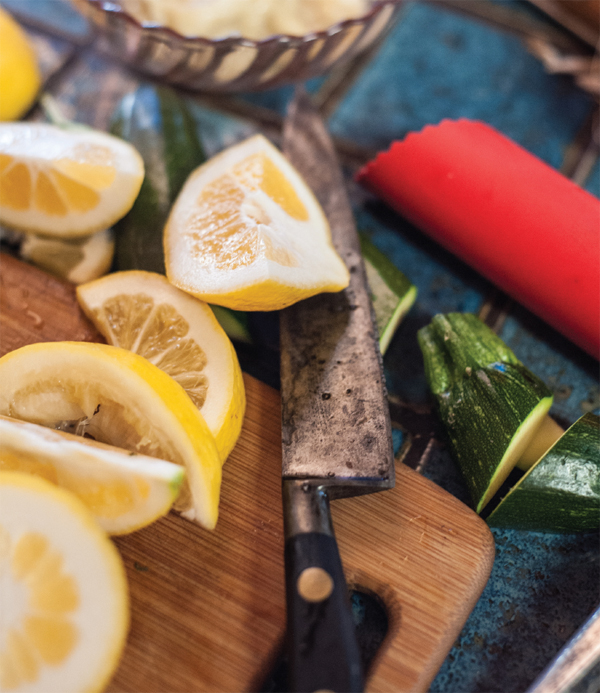
Foreword
W hat goes around comes around. Meatballs! And here they are again in Michele Anna Jordans new collection of meatball marvels, More Than Meatballs.
To be sure, these are all, despite their more than-ness, meat balls . And for good reason: try making a meatcube or a meatpyramid. Even the words look horribly wrong! No, the meatball is a gastronomic merger of form and function no less perfect than its relative, the wheel. Like I say, what goes around
The only other cooked product of mans hungry genius that rivals the meatball for salutary simplicity and earthy economy is, I believe, the omelet. Curious though, omelets work inversely to the meatball: The omelet begins life round (the egg) and leaves it flat. The meatball starts its life flat (chopped meat, poultry, fish, etc.) and ends up round.
Of course there are flat-sided meatballs: sausage and hamburger patties and the monolithic American classicmeatloaf. These meatballish entities are what one observant aficionado of this class of foods, the eminent artist, writer and restaurateur, Daniel Spoerri, has labeled the premasticatedchopped animal-based foods. The ancient Persian word for meatball kufteh means chopped.
Micheles meatballs, no matter how exuberantly chopped up with vegetables, grains, spices, herbs, and liquids, always maintain their rotund integrity. Balls.
Such esoteric reflections on the symbolism and morphology of the meatball are, nevertheless, beside the point when we are hungry and a well-made meatball or a dish containing well-made meatballs is placed in front of us. Like, for example, the meatball and pasta soup from Spain, Sopa de Albondigas y Fideo, from Micheles chapter titled (ironically) Context Is Everything. The context here refers to meatballs in soups, salads, stews, and pastas.
I agree, context is everything. But I would add further that, for the humble meatball, the larger context is universalhunger. One does not, dares not, approach a great meatball without hunger. We are, therefore, not talking here about amuse bouche sized mini-meatballs or avant garde molecular meatballsrounded, gelatinized beef jus , as one might find on some trendy tasting menu in Barcelona or Copenhagen. That is not eatingthats entertainment. But neither are we talking mega meatballs for Monsieur Gargantua. Context is everything, and Micheles creations combine a feminine regard for both sensuality and sustenance on an appropriate scale designed for real eaters, not tasters.
Admittedly low on the trendy/foodie food chain of our day, the meatball is, at its core, more a strategy or methodology than a specific recipe, the poor mans way of using leftover cooked meat or uncooked meat and fat scraps. At least, thats the historical raison detre of the meatball. And like many humble dishes that emerged first as food of the poor, they are reinvented by new generations of aspiring cooks and eaters in search of simple, real food as an antidote to the fussy culinary fashions of the day (think Jewish pastrami or French confit ). This is the rhythm of gastronomy through time, from simple to complex to simple againa culinary circle.
Michele Anna Jordans homage to the meatball is, to be sure, only the latest in a long, illustrious line of meatball compilations dating back to the ancient Roman cookbook De re coquinaria ( On the subject of cooking ), purportedly by a Roman gourmet named Apicius. But unlike Apiciuss recipes in his chapter on minces, Micheles approach to her subject is global, sophisticated, witty, imaginative, and au courant . Though, I should add, her rediscovery of caul fat (the digestive organ linings of cows, pigs, and sheep used, for example, as a casing for the traditional flat sausage patty in France known as the crpinette ) as a perfect cover up for meatballs connects her back to ancient Apician minces wrapped in pork omentum (caul). Again, what goes around

